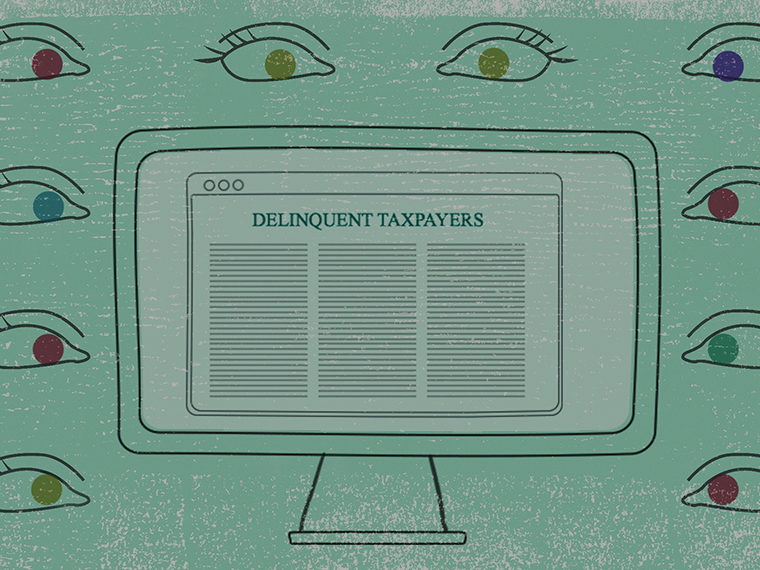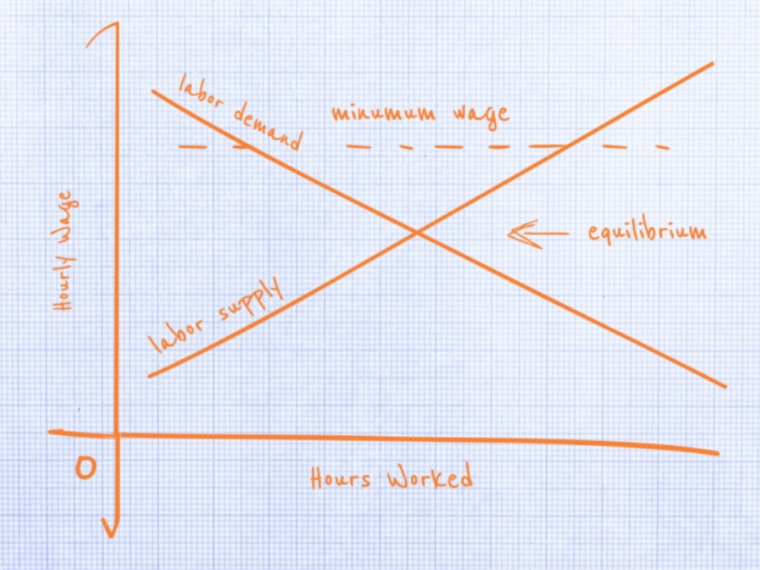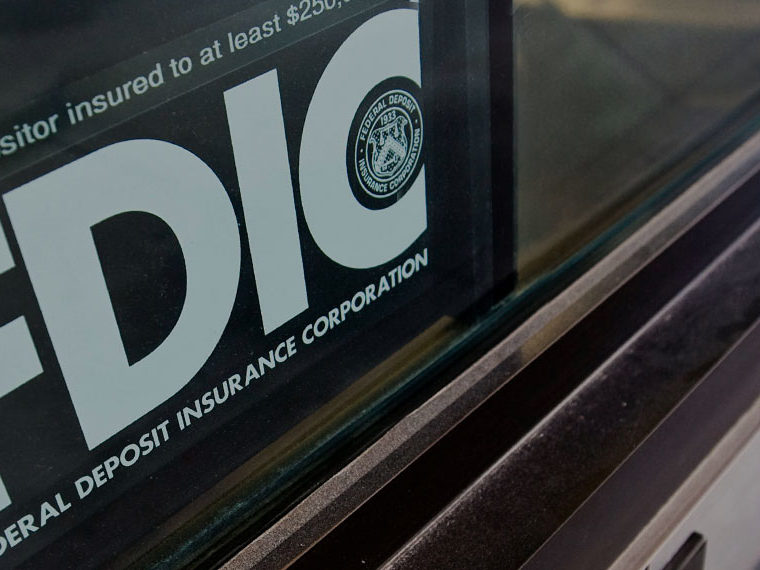Unpublished research shows avoiding the extremes is a common approach marketers need to address
A foundation of consumer marketing is the malleable nature of our decision making process. When faced with choice, we’re expected to be rational actors who will study our options and make an on-the-fly decision based on the information available, and the framing of that information.
In a review of published and unpublished research, Stanford’s Itamar Simonson, the University of Florida’s Aner Sela and UCLA Anderson’s Sanjay Sood suggest a less dynamic process might be at play. They find that the behavioral bias of “extremeness aversion” is an ingrained habit that can influence consumer choice.
Extremeness aversion is the academic term for our human desire to compromise. Dozens of studies have established that when we are presented three options (high-middle-low) we often strike an internal compromise and choose the middle option.
Opt In to the Review Monthly Email Update.
In earlier research that studied the decision making process of twins, Simonson and Sela found that extremeness aversion may in fact be an “inheritable” trait.
This new article, published in the Journal of the Association for Consumer Research, explores other aspects of extremeness aversion that may influence decision making.
The authors share unpublished research conducted by UCLA Anderson’s Aimee Drolet and the University of Chicago’s Reid Hastie that establishes the tendency to seek the middle ground, and the role age plays in extremeness aversion.
Drolet and Hastie gave nearly 200 participants ranging in age from 18 to 90 three different choice exercises: picking tickets to a baseball game (based on row and price), choosing ice cream (based on ratings and fat grams) and deciding which binoculars they preferred (based on magnification and price). In each exercise, participants were given three choices: two extremes (high and low) and the middle ground. Across the three exercises, young adults chose the middle option an average of 41 percent of the time, while the older participants avoided an extreme option nearly 61 percent of the time.
Forthcoming research Simonson conducted with Hebrew University’s Salomon Israel and Ariel Knafo establishes that the aversion kicks in early, and grows with age.
Simonson, Israel and Knafo created a video game appropriate for 7–9 year olds that embedded four choice exercises presenting the children with the three-option model of high/middle/low. Participants between the ages of 7 and 8 on average chose the middle option in two of the four tests. Participants just a year older (between 8 and 9) chose the middle ground 2.5 times on average.
Separate research conducted by Drolet and colleagues also finds that people who have an ingrained preference for moderation in their life also tend to choose the middle road in three-part choice experiments.
Although the research presented by Simonson, Sela and Sood shows a predisposition to lean on the middle ground when faced with a choice, the authors do not believe that extremeness aversion will dominate a consumer’s decision making process. They conclude that the predisposition to avoid extremes can be overcome, especially as people with the habit may not even be aware of it, or comfortable abiding it once made aware.
“A preference-construction habit to avoid extreme options is likely to be seen as a weakness and inconsistent with a person’s self- and other-image as a decision maker in certain cultural contexts,” they write.
Marketers who can clarify the choice set with clear information may be in a position to sway consumer behavior past any habit to avoid an extreme.
Featured Faculty
-
Sanjay Sood
Professor of Marketing and Behavioral Decision Making
About the Research
Simonson, I., Sela, A., & Sood, S. (2017). Preference-construction habits: The case of extremeness aversion. Journal of the Association for Consumer Research, 2(3). doi: 10.1086/695340






